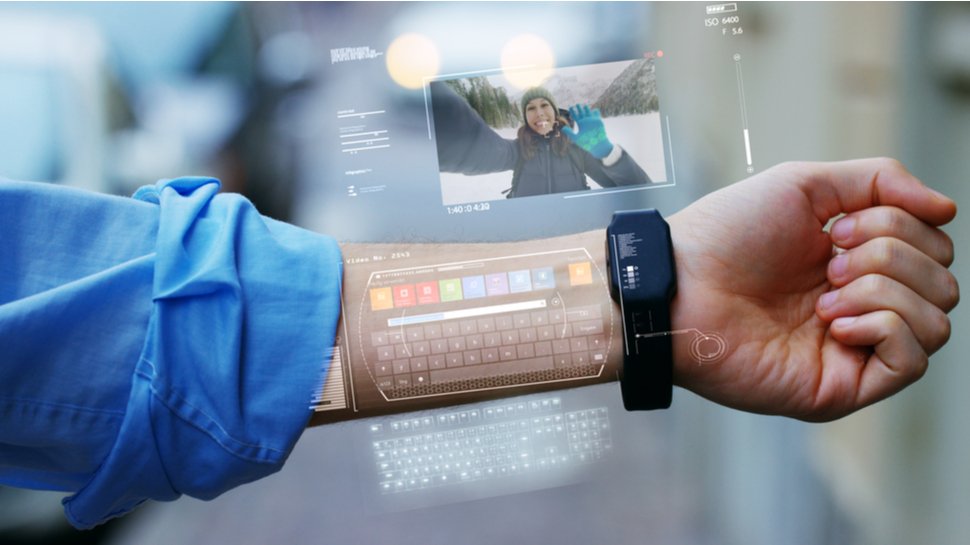
The ability to repair the body using technology has long been celebrated, but the problem becomes more complex when it comes to enhancing humans beyond their natural state. Many people clash with the idea of voluntary biohacking, caught between the belief that people should be able to do with their bodies what they want and concerns about the implications of changing the human physique. A new study from security firm Kaspersky says nearly half (46,5%) of adults think people should be able to get better with augmentative technology, but a similar proportion (39%) fear an augmentation could lead to conflict or social inequalities. As sci-fi movies have predicted, the most advanced upgrades are likely to be reserved for a small handful of people who can afford them. The increase will also create a new social minority, adding to the already complex human tapestry. Another important consideration is data privacy and security. A world where our bodies are packed with digital sensors could easily become a playground for cybercriminals. Problems also arise in the surveillance capitalism debate, when the data in question is collected from devices inside a person's body. Whether human augmentation leads to a utopia characterized by opportunity or a dystopia based on broken promises, according to Kaspersky, will depend on preparation and execution.
The problem of dual use
Kaspersky recently convened a panel of augmented people to discuss the merits and pitfalls of biohacking. Some were fitted with bionic prosthetics for medical reasons, while others had actively chosen to modify themselves. When asked about the impact of augmentation technologies on their lives, model Tilly Lockey and pop artist Viktoria Modesta, who use bionic prosthetics as replacement limbs, explained that body augmentations have changed the way society perceives disability. With advances in technology, augments have become less intended to make others more comfortable and useful for the wearer. Using electrical signals generated by muscle tissue, modern bionic limbs can move their fingers and rotate their joints, just like real human counterparts. Dr. Bertolt Meyer, a professor at the Chemnitz University of Technology, said his prosthesis is even capable of converting signals that would normally be controlled by the hand into signals that a synthesizer can understand, allowing him to "efficiently create music with thoughts." . “When equipped with a more advanced hand, there was no more pity. People thought it was cool and wanted to understand how it works. And the coolness is generally the opposite of that of people with disabilities, ”he said. Although there is no ethical baggage associated with modifying the bodies of those who need medical attention, the waters are clouded by the desirability of applying similar technologies to capable bodies. Meyer called this the "dual-use problem." “We need a common set of rules and regulations and we need to discuss what is allowed. Would it be acceptable to cut off a completely healthy limb and replace it with an even more capable biological limb? "He has asked.